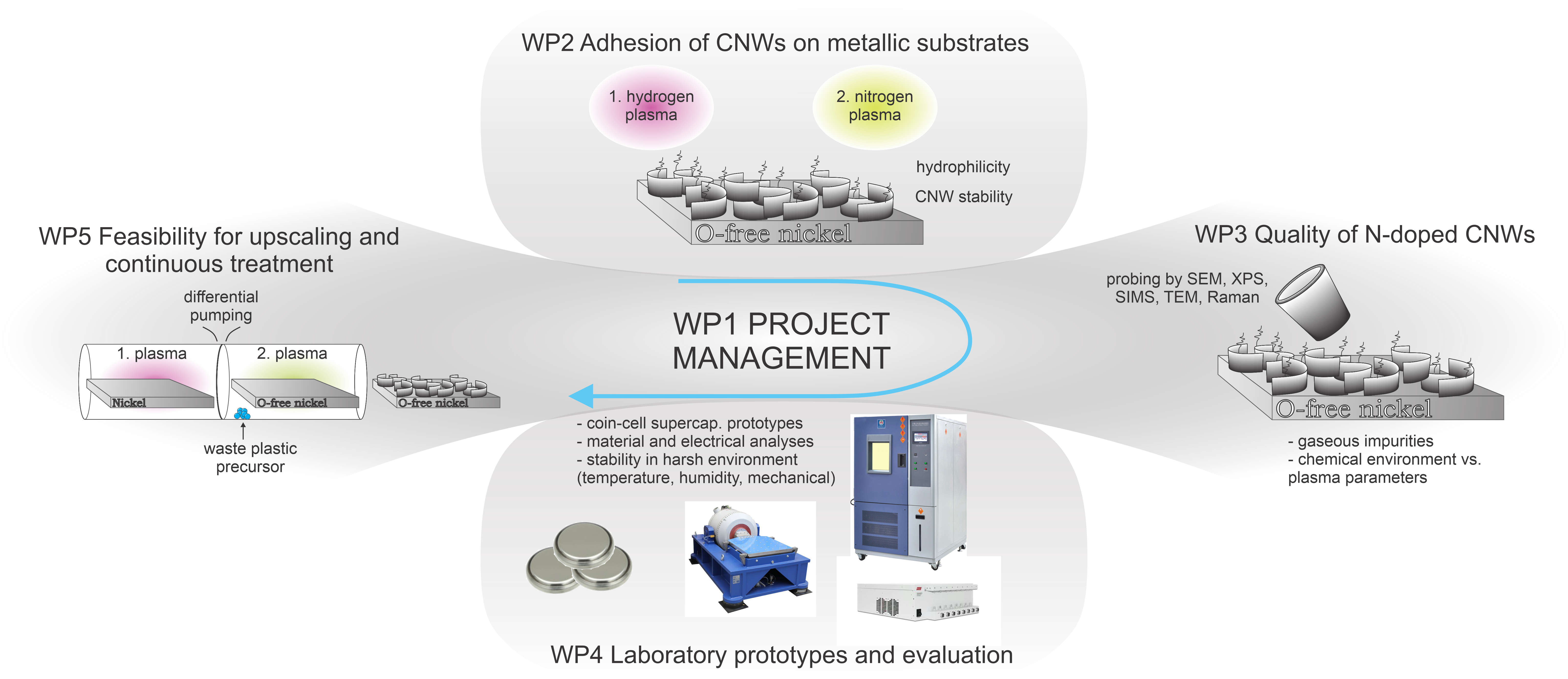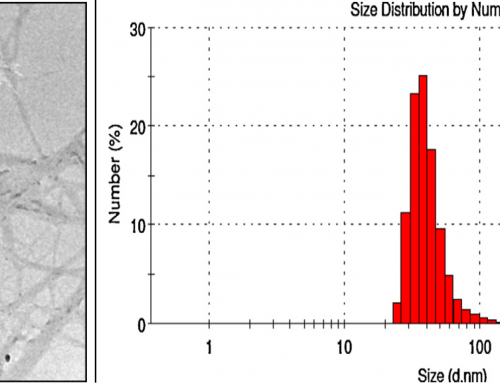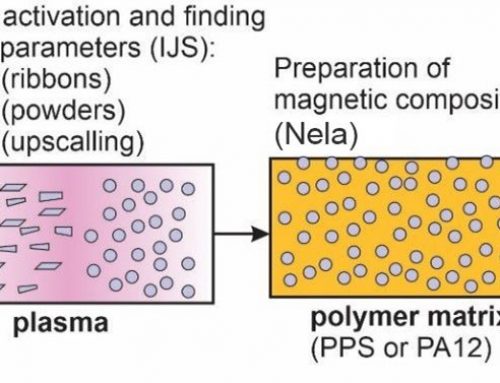Supercapacitors with graphene nanowalls synthesized from waste plastics (L2-50052)
Project Leader: Prof. Dr Alenka Vesel (Jozef Stefan Institute)

Problems related to energy consumption and production have become the driving force of current development in the world. Therefore, research related to environmentally friendly energy production and storage is one of the highest priorities. A possible solution can be supercapacitors, which are energy devices working on the principle of electrochemical energy conversion. Innovative electrodes useful for the construction of double-layer supercapacitors will be synthesized from waste plastic. Innovative electrodes will be made of densely packed vertically oriented multilayer graphene sheets, which will be applied to nickel substrates using plasma processes. Plasma surface treatment will also be used for the proper preparation of nickel substrates to ensure better adhesion with a layer of vertically oriented multilayer graphene sheets. The carbon precursor will be a waste plastic material. The graphene sheets will be synthesized on the pre-treated nickel foil using nitrogen plasma to benefit from the adjustment of sheet thicknesses and simultaneous doping with nitrogen. The synthesis parameters will be varied in a broad range. The correlations between the synthesis parameters and the properties of the deposited vertically oriented multilayer graphene sheets will be drawn. The samples of the most promising morphology and structure will be used for the synthesis of coin-cell prototypes of supercapacitors. Commercial separators and electrolytes will be used. The prototypes will be thoroughly tested using the standard battery testers, and the correlations between the performances of the prototype cells and synthesis parameters will be drawn. In the last set of experiments, the best examples of the prototypes will also be tested at various temperatures, relative humidity, and mechanical vibrational shaking. The coin-cell prototypes will be open after different stages of the testing, and the materials within the cells will be analyzed by Scanning and Transmission spectroscopy (SEM, TEM), Raman spectroscopy (RS), X-ray photoelectron spectroscopy (XPS) and Secondary ion mass spectrometry (SIMS). The results will enable a frank and critical estimation of the feasibility of using the innovative electrodes in mass production at the premises of Slovenian company Iskra-Capacitors, which serves as the cofunder of this project.






